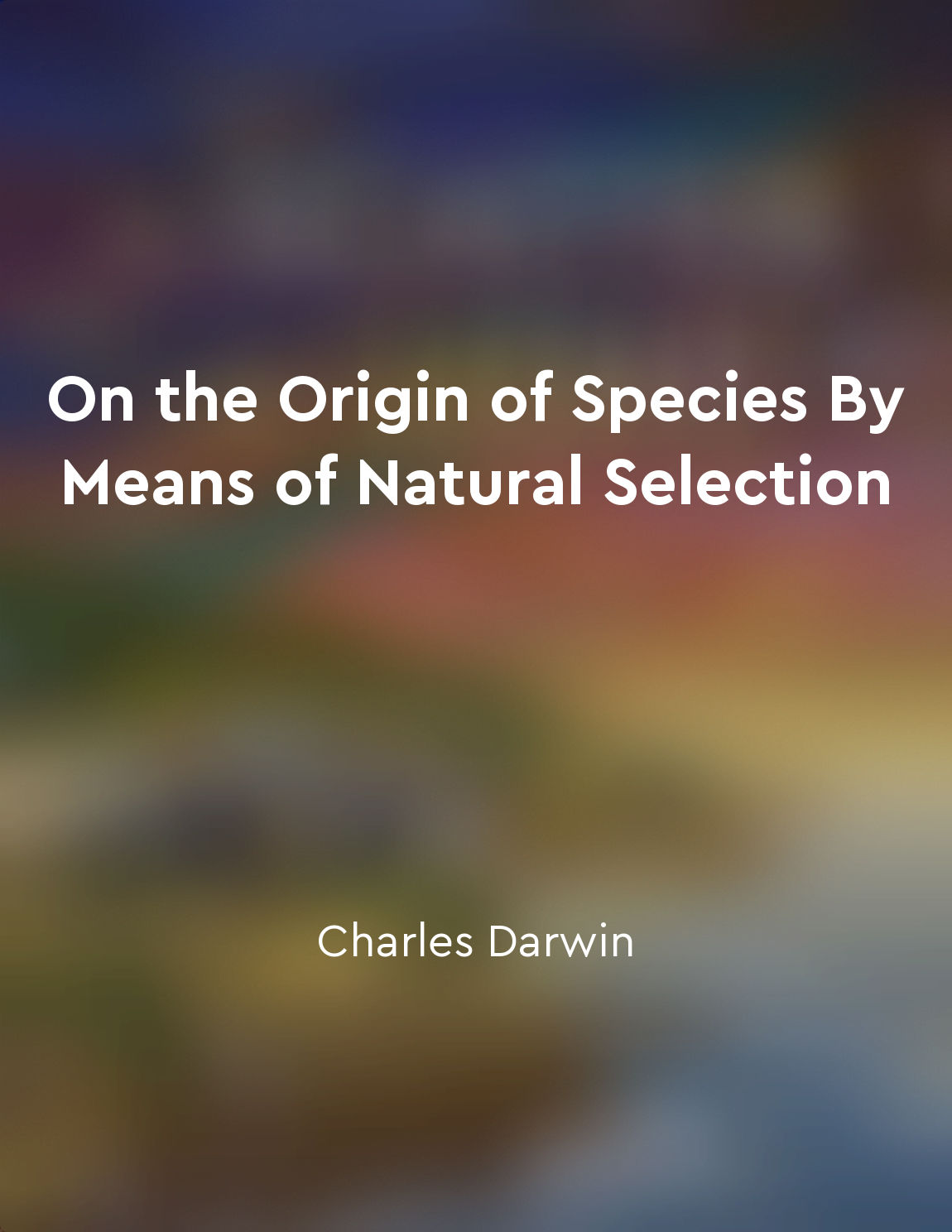Evolutionary processes shape complex systems over time from "summary" of Complexity by Mitchell M. Waldrop
In the grand tapestry of life, evolution weaves a dynamic pattern of complexity over the expanse of time. It is through the relentless churn of evolutionary processes that intricate systems emerge, each layer building upon the one that came before. From the simplest of beginnings, nature crafts ever more sophisticated structures that are finely tuned to their environment. At the heart of this unfolding drama lies the principle of adaptation – the fundamental driver of evolutionary change. Through a process of trial and error, organisms evolve traits that allow them to better survive and reproduce in their surroundings. Those that are best suited to their environment thrive, while those that are less well-adapted may perish. This continuous cycle of selection shapes the very fabric of life, molding it into forms of ever-increasing complexity. As these adaptive processes play out over time, they give rise to intricate networks of interactions that transcend the sum of their individual parts. From the delicate dance of predator and prey to the intricate web of relationships within an ecosystem, these systems exhibit a level of complexity that defies simple explanation. Each component is connected to the whole in ways that are both subtle and profound, creating a rich tapestry of interdependencies that sustains life in all its diversity. And yet, for all their complexity, these systems are not static or unchanging. They are in a constant state of flux, evolving and adapting in response to shifting environmental pressures. New traits emerge, old ones are discarded, and the system as a whole undergoes a process of continual transformation. In this way, evolution shapes complex systems over time, sculpting them into ever more intricate and resilient forms that are capable of navigating the challenges of an ever-changing world. In the end, the concept of evolutionary processes shaping complex systems over time reveals the profound interconnectedness of life on Earth. It is a testament to the power of adaptation and the beauty of nature's design, a reminder that the world we inhabit is a dynamic and ever-evolving tapestry of life.Similar Posts
Gene regulation is crucial for normal development
Gene regulation is crucial for normal development because it controls the timing and location of gene expression. During develo...
Inheritance of traits plays a key role in evolution
The process of evolution relies heavily on the transmission of traits from one generation to the next. The idea that offspring ...

Survival of the fittest
The term "Survival of the fittest" is often used, and is more accurate, as expressing the essential principle of the preservati...
Emergence is a key concept in understanding life
The concept of emergence lies at the heart of understanding life. It points to the idea that life is not simply reducible to it...
Genetic drift and gene flow contribute to evolution
Genetic drift and gene flow, two fundamental processes in population genetics, play crucial roles in shaping the course of evol...

The loss of biodiversity is a moral issue as well as an ecological one
The ongoing loss of biodiversity is not just a matter of ecological concern; it is a deeply moral issue as well. As humans cont...

Adaptations enhance survival in changing environments
The ongoing struggle for survival among organisms in nature is a fundamental aspect of the natural world. In this perpetual bat...

Plant and animal interactions
Plants and animals interact in a variety of ways in nature. These interactions can be beneficial, such as when animals pollinat...

Competition among species drives evolution
The struggle for existence among all organic beings throughout the world, which we see everywhere in our daily lives, is the dr...
